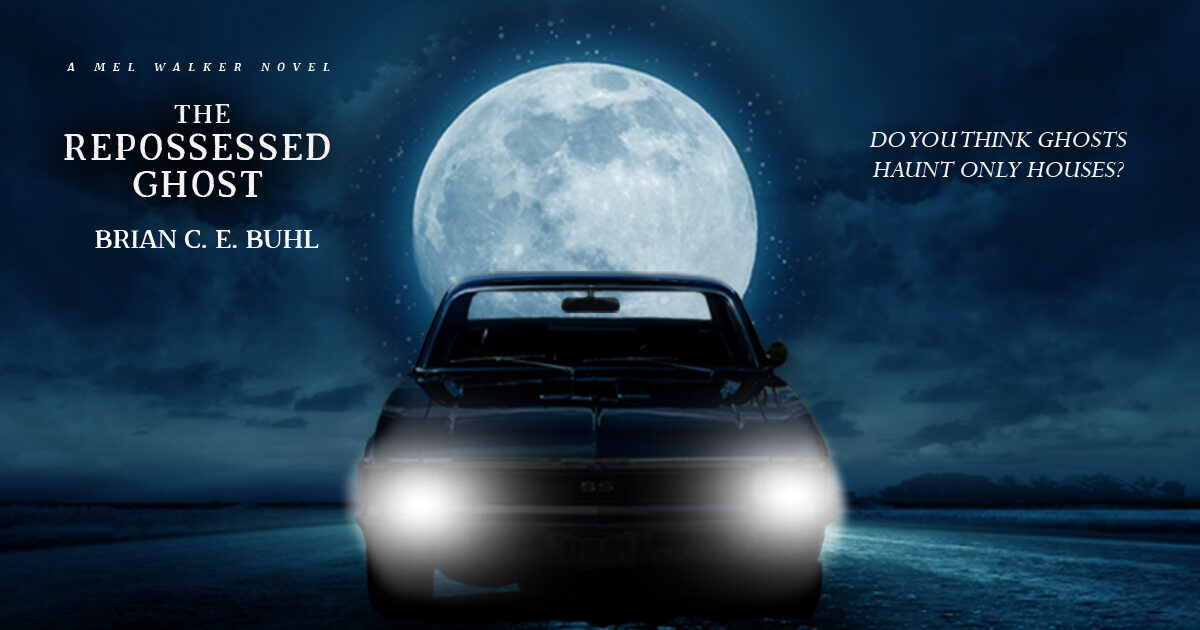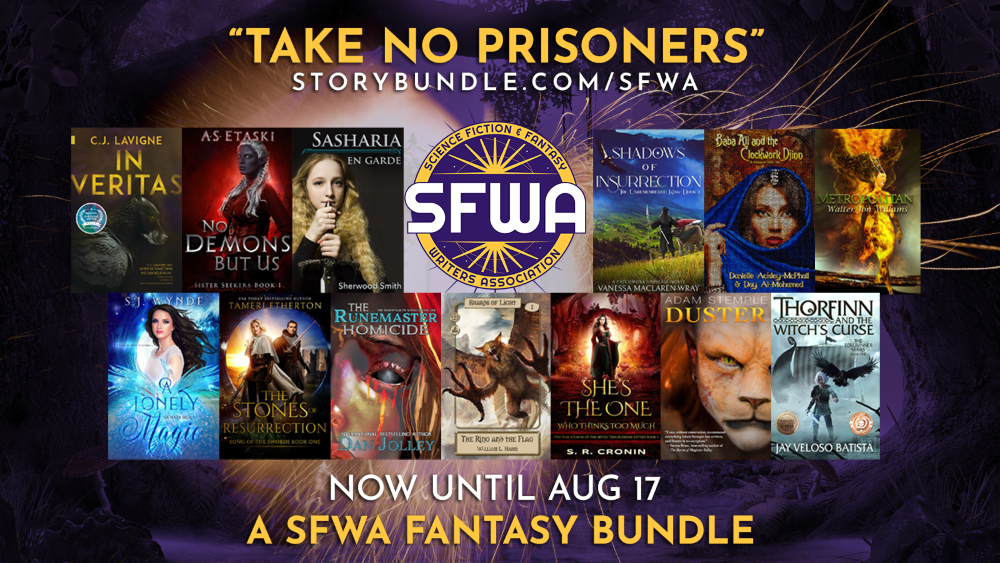It’s my 28th anniversary! Melissa and I went to breakfast this morning at Mel’s, and then we went to the Barnes & Noble that’s supposed to have my book. It was not there. It looks like the order was canceled, and I was given an email address to write to and ask what’s up. After buying Melissa a couple of books, we drove around a little bit, then picked up my laptop and her books and headed to an unfamiliar Starbucks that isn’t too far from the house. She’s sitting across from me, rereading The Repossessed Ghost while I bang out this post, then move on to some other writing.
The “other writing” counts as a sequel, which is a perfect segue into today’s topic. Let’s talk about sequels, not only writing them, but reading them, and what our expectations are.
When reading or watching sequels, it can be a mixed bag. It’s hard to know what to expect. The follow-ups to Jim Butcher’s Stormfront were better than the original, as the author really started to figure out what he was doing. Stormfront, Fool Moon, and Grave Peril were all fine and entertaining, but I think when we hit Summer Knight, The Dresden Files started to shine. This is a case where sequels got better over time.
I think the same can be said for the sequel to Hyperion by Dan Simmons. Maybe not all of the sequels; I haven’t read Endymion or The Rise of Endymion, but Fall of Hyperion was really excellent. Some of that could be because Fall of Hyperion was written as a novel, while Hyperion was written as several short stories that Dan glued together to form a novel. Regardless of how it came about, I loved the Hyperion books and it’s another example where the sequel did not disappoint.
When I was reading The Wheel of Time series, The Great Hunt was my favorite for the longest time, and that’s the direct sequel to The Eye of the World. As the series went on, the books hit with varying levels of success, some of which I found difficult to get through. This is also true of The Dresden Files, but I think even the worst offenders in Dresden were still better than Stormfront. I don’t think the same can be said of The Wheel of Time.
Getting into Star Wars, I think The Empire Strikes Back is one of the best examples of a sequel surpassing the original. It’s a cultural touchstone. Return of the Jedi is also great. The prequel trilogy was a bit of a mixed bag, but is held in higher regard than it was shortly after it came out. The sequel trilogy, on the other hand, has some good parts, some good characters, but is generally bad and does a disservice to the franchise as a whole. Some people hate The Last Jedi while other people hate The Rise of Skywalker. These different camps might argue over the details, but for the most part, they will agree that the sequel trilogy did not deliver on either the promise or potential.
Sequels can be hit or miss, and not every story needs a sequel. For example, one of my favorite movies of all time, The Shawshank Redemption, will never need a sequel. One of the highest grossing films of all time, Titanic, does not need a sequel, and furthermore, makes me laugh thinking about what the sequel would even be. Coming to the theaters near you, witness the spectacle that is Titanic: Jack and the Mermaids of Atlantis. I don’t know. If they get DiCaprio on board, it’ll probably do well.
Where was I? Oh yeah. It’s time to talk about writing sequels, and the challenges involved.
In the original story, the writer takes a character or a group of characters, puts them through experiences that are meant to change them, and then the reader or audience experiences either the joy, terror, relief, or whatever emotion they’re supposed to feel when the protagonists change. The change itself doesn’t have to be huge, but there should be some sort of evolution. If there is no change, then there is no point in the story.
Maybe I should back that up with examples. In The Lord of the Rings, the hobbits return to The Shire, and their simple life surrounds them. All the things they loved about their home are still there (eventually), but the heroes of the adventure are changed. The world is no longer as small, and neither are they.
In Die Hard, John McClane enters the story as a tough, no-nonsense cop, and he’s even tougher and just as no-nonsense on the other side, but his relationship with his wife is changed. They have a greater appreciation for each other. Even Powell has gone through a change, finding the courage to draw his gun at the end.
In Star Wars, Luke loses some of his naivety in exchange for realizing his dream of leaving the farm and becoming a hero. Han realizes he values his new friends more than money. And Threepio realizes he is truly, deeply in love with Artoo, and that their bickering has always just been a cover for the deeper emotions running beneath the surface.
Every story is about change. It’s fundamental and core to storytelling. So what does that mean for sequels?
A sequel is just another story, so it, too, must be about change. The danger of a sequel is that it is following another story about change, and if it does not honor that original change in some way, the sequel will be unsatisfying.
Let’s look at Luke’s journey through the original Star Wars trilogy. He starts on the farm, eager to get away and join the academy, meaning he initially wanted to be a pilot for The Empire. By the end, he is a pilot for The Rebellion, and he’s blown up The Death Star. At the beginning of the next movie, all of the previous change is still in place, and he is continuing to help The Rebellion. He’s told by a Force ghost to seek out a teacher, and by the end, he has lost a hand and gained knowledge that changes everything: he is the son of Darth Vader. At the beginning of the next movie, he has returned to the planet where he grew up, but he’s in his emo phase, wearing black and choking out pig men with The Force. At the end, he is by himself, mourning the loss of his father that he alone was able to redeem.
Now let’s look at Rey’s journey through the sequel trilogy. She starts off scraping by as a junker on a desert world, eager to get away and have adventures of her own. By the end, she has become a hero in her own right, facing down and defeating the Darth Vader equivalent. Then we get a little bit of extra, where she finds Luke Skywalker and extends his old lightsaber to him. The next movie starts right where the first left off, and we get our expectations subverted when Luke pitches the lightsaber over his shoulder. Rey’s journey begins with convincing Luke to train her. At the end of movie, she is using what she’s been taught to save her friends, but there is uncertainty; the lightsaber is destroyed and the rebellion is in shambles, but there is hope because anyone can be the hero, even the nameless little boy that is sweeping barns on the casino planet. At the beginning of the next movie, the lightsaber has already been repaired and Rey is training in the forest, and somehow Palpatine is returned from the dead, and at the end, Rey goes to Tatooine, a planet she’s never been to and one that Luke and Leia left a long time ago, so that Rey can bury both of their lightsabers on the planet where Luke’s foster parents were burned to death and Leia was forced to wear a brass bikini and service a space slug. Also, that whole business about anyone potentially being a hero is bunk, because we’re super into eugenics, now.
I went on a little bit of a rant there, but the point is that a sequel that ignores what came before is unsatisfying. Honoring what came before doesn’t mean preserving it, completely unchanged into the next story. Things can regress. That is a kind of change, and stories are about change. But the change has to be in the story.
There is more I can say with regards to story structure and sequels. You want the shape of the overarching story to resemble a story on its own. But, I think if you make each story in your series satisfying while still honoring what came before, you’re going to be okay.
It’s time for me to finish some sequels of my own. I need to do some actual drafting now, and I never really know how to end these types of entries. Thank you for attending my TED talk? Please like and subscribe? And now you know… the REST of the story.

